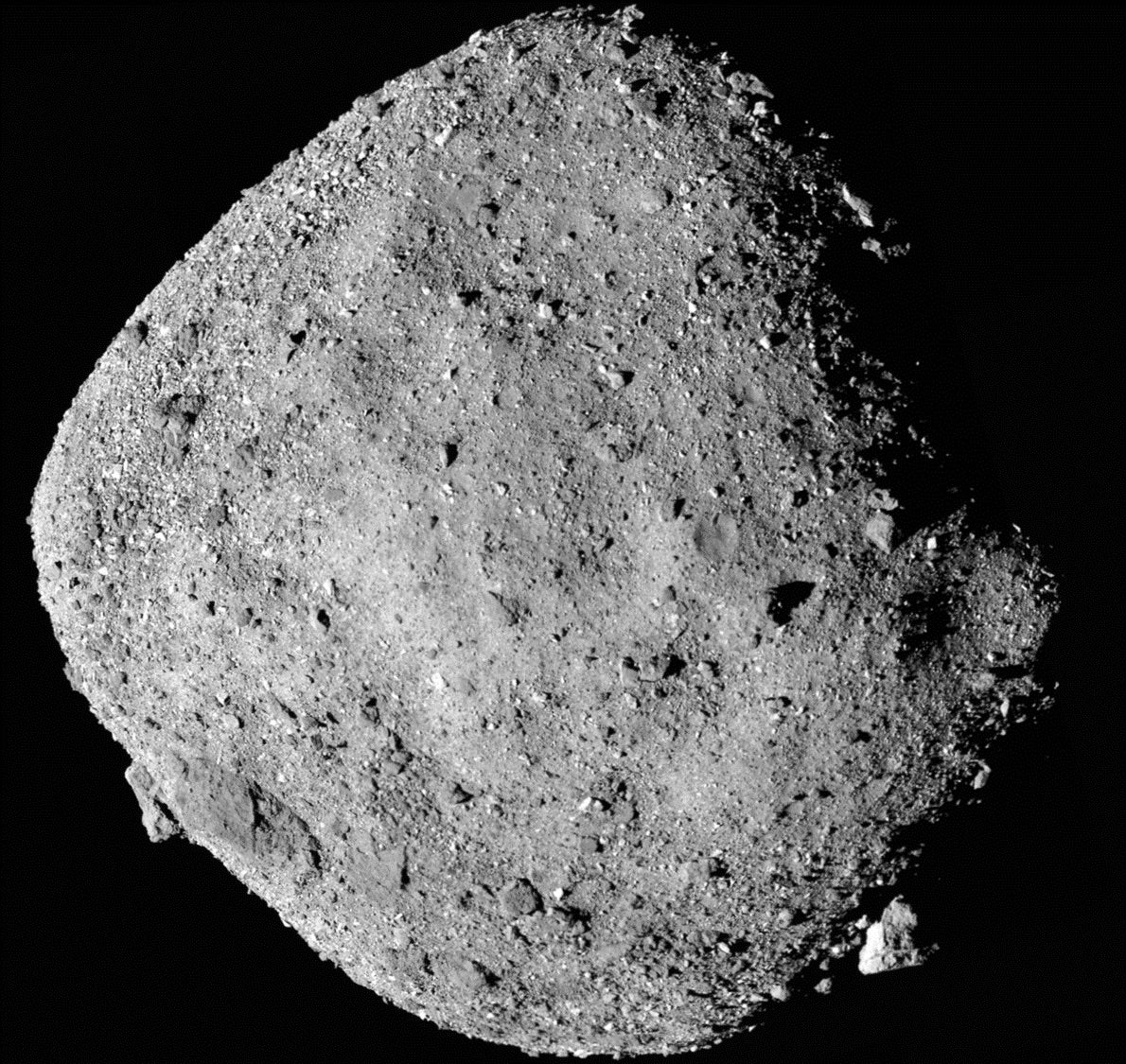OSIRIS-REx, a NASA spacecraft tasked with collecting rocks and dust from a nearby asteroid named Bennu, is coming back home after almost five years away. The spacecraft, officially named Origins, Spectral Interpretation, Resource Identification, Security, Regolith Explorer, officially fired its engines to begin its Earthward journey on May 10. Its return trip will take two and half years.
Bennu, the asteroid the spacecraft accosted, is a 1,600-foot-wide (500-meter) hunk of rock and ice located 200 million miles (321 million kilometers) from Earth. OSIRIS-REx snagged a handful of dust last October after a fairly dramatic encounter with the desolate little world. NASA was concerned that OSIRIS-REx wouldn’t be able to bring back a full sample due to leaks in the collection system. Thankfully, the samples now are headed to Earth, where they will be carefully examined by researchers.
The spacecraft won’t be landing on Earth, though: It’ll drop its payload and then spins back off into the solar system.
“After releasing the sample capsule, OSIRIS-REx will have completed its primary mission. It will fire its engines to fly by Earth safely, putting it on a trajectory to circle the sun inside of Venus’ orbit,” says a NASA release. “Upon return, the capsule containing pieces of Bennu will separate from the rest of the spacecraft and enter Earth’s atmosphere. The capsule will parachute to the Utah Test and Training Range in Utah’s West Desert, where scientists will be waiting to retrieve it.”
The trip home should culminate in September 2023, when OSIRIS-REx is close enough to Earth to eject the collected samples.

The spacecraft has been doing some solid work over the past half-decade. It sent back some impressive photos of its collecting mission last October when it briefly touched down on the asteroid and found a field strewn with dust, rock, and boulders. The Touch-and-Go Collection system managed to grab about 2 ounces of material from the surface.
NASA, for its part, is pleased with the mission.
“OSIRIS-REx’s many accomplishments demonstrated the daring and innovative way in which exploration unfolds in real time,” said Thomas Zurbuchen, associate administrator for science at NASA Headquarters, in the NASA release. “The team rose to the challenge, and now we have a primordial piece of our solar system headed back to Earth where many generations of researchers can unlock its secrets.”














